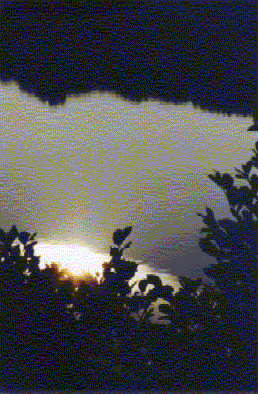Human Impact
on Wetlands

As of the mid-1980s the lower 48 states held claim to 103.3 million acres
of wetlands. Alaska had 170 to 190 million, and Hawaii had 52,000. It is
certain that these figures have decreased since the last tally of wetland
acreage in the United States. It is estimated by the EPA that on nonfederal
lands alone, anywhere from 70 to 90 thousand acres of wetlands are lost
each year to progress and development. In addition to the complete loss
of wetlands in some areas, other areas have had trouble maintaining the
stability of their wetlands. Many wetland systems are no longer able to
function in all the ways formerly possible. Many factors are contributing
to the loss of wetlands. The following is a list of the human and natural
impacts on the stability of wetlands.
Human Impacts
-
Drainage
-
Dredging and
stream channelization
-
Deposition of
fill material
-
Diking and damming
-
Tilling for crop
production
-
Levees
-
Logging
-
Mining
-
Construction
-
Run-off
-
Air and water
pollution
-
Changing nutrient
levels
-
Release of toxic
chemicals
-
Introduction
of invasive alien species
-
Grazing by domestic
animals
Natural Impacts
-
Erosion
-
Subsidence
-
Sea level rise
-
Droughts
-
Hurricanes and
other large storms

